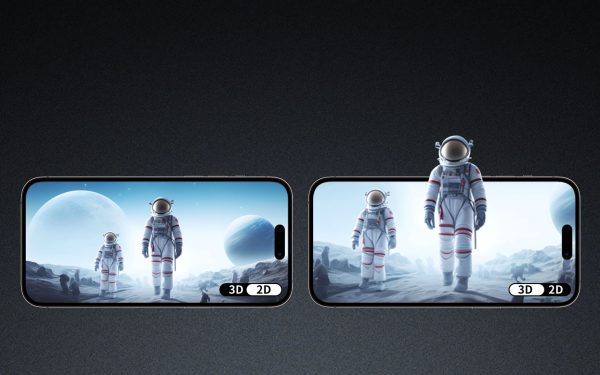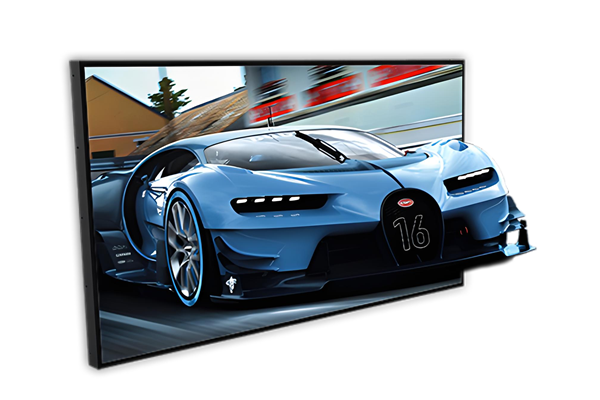The transition from 2D to 3D marks a pivotal era in the development of modern display technologies. As digital visuals become central to daily life—from smartphones to immersive simulations—the leap from 2D to 3D is not merely a visual enhancement, but a technological revolution grounded in decades of innovation. This article explores the technical progression from LCD to OLED, and finally to 3D displays, explaining the logic behind these advancements and what the future holds.
The Journey from 2D to 3D: A Timeline of Display Technology
The shift from 2D to 3D is the culmination of multiple waves of innovation across different types of display technologies. Below is a structured overview of this transformation.
LCD: The Foundation of Modern Visuals
Liquid Crystal Display (LCD) technology became mainstream in the early 2000s. It revolutionized traditional CRT screens by providing:
- – Thinner, lighter form factors suitable for portable devices
- – Lower power consumption, especially for mobile applications
- – Higher resolutions, reaching Full HD (1920×1080) and beyond
By 2010, LCDs accounted for more than 80% of all flat-panel displays globally. However, their limitations included poor contrast ratios and restricted viewing angles, prompting further innovation.
OLED: Enhanced Color and Contrast
Organic Light-Emitting Diodes (OLEDs) introduced self-emissive pixels that do not require backlighting. Their advantages include:
- – Infinite contrast ratios due to true black pixels
- – Wider color gamut and better HDR performance
- – Flexible displays, enabling curved or foldable screens
OLED displays can reach up to 100,000:1 static contrast ratios and cover over 90% of the DCI-P3 color space, making them ideal for professional and immersive applications.
Despite these advances, both LCD and OLED are primarily 2D. The need for deeper realism led to the next phase—3D display technology.

From 2D to 3D: Technical Evolution and Underlying Logic
The jump from 2D to 3D involves far more than layering an additional dimension onto an image. It requires rethinking how depth, perception, and interaction are handled.
Key Technologies Enabling 3D Displays
- Stereoscopic 3D – Uses dual images and glasses to trick the brain into perceiving depth. Common in early cinema and gaming applications.
- Autostereoscopic Displays – Provide 3D effects without glasses using lenticular lenses or parallax barriers. These displays divide light directionally to each eye.
- Volumetric and Holographic Displays – Use lasers or spinning elements to render 3D visuals in space, creating true volumetric depth.
Each of these technologies stems from a combination of improvements in pixel resolution, refresh rate (often exceeding 120Hz for smooth 3D), and real-time depth processing.
Real-World Applications and Market Impact
Expanding Beyond Entertainment
Although 3D was initially focused on gaming and movies, it has expanded into:
- – Medical imaging: Real-time 3D MRI visualization
- – Engineering design: CAD environments with spatial feedback
- – Retail and advertising: Naked-eye 3D billboards boosting viewer engagement by over 40%
According to market reports, the 3D display industry is expected to reach US$204 billion by 2030, with a compound annual growth rate of 18% from 2023.
Future Trends: What’s Next After 3D?
While the transition from 2D to 3D continues, emerging display technologies are shaping the next frontier:
- – AR and VR Integration: Combining real and virtual spaces through advanced headsets and see-through displays
- – MicroLED and Quantum Dot Displays: Offering ultra-high brightness and extended lifespan
- – AI-driven Real-Time Rendering: Creating personalized 3D visuals optimized for each viewer’s perspective
These developments suggest that the transition from 2D to 3D is not the end but a stepping stone toward fully immersive and adaptive visual experiences.
Conclusion
The journey from 2D to 3D is a clear narrative of technical progression, driven by demands for realism, immersion, and interactivity. Starting from LCD, moving through OLED, and culminating in advanced 3D technologies, this evolution reflects both scientific advancement and human visual expectations. As display capabilities grow, the line between virtual and reality will blur further, unlocking new potential across industries.





